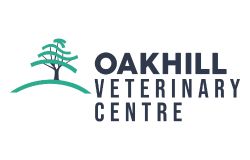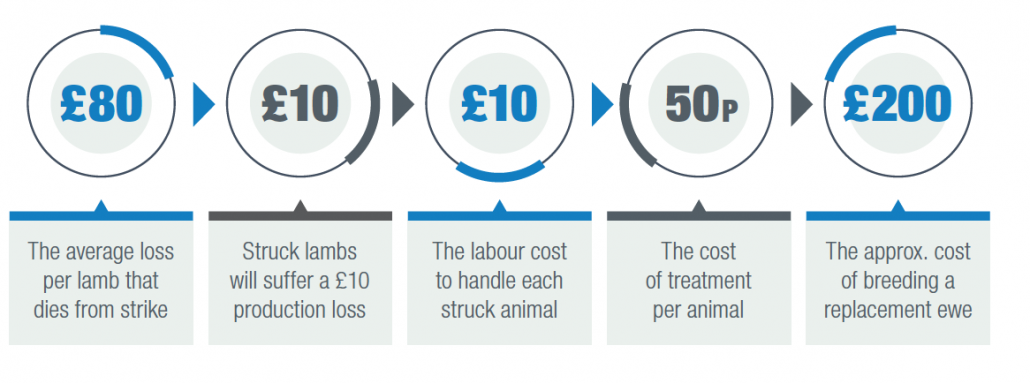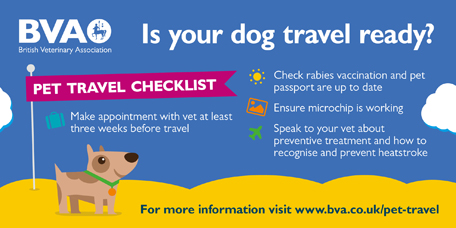If you are farm assured with Red Tractor, certain antibiotic products such as kelacyl, cobactan, naxcel, baytril, cevaxcel, marbocyl, are now restricted. If you use these products you could receive a non-conformance at your next Red Tractor inspection. Therefore we now recommend only using this product if there is culture and sensitivity to prove that it’s the only product that works for the health condition.
As of the 1st June 2018 the use of Highest Priority Critically Important antibiotics must be a last resort and their use must be under the direction of a vet, backed up by sensitivity or diagnostic testing.
Please find below further information regarding recent Red Tractor changes…..
DAIRY FARMS
As a Red Tractor dairy farm, you are now required to undertake an annual review of antibiotics with your vet, but what does this involve?….
Medicine records must provide an annual collation of total antibiotic used for the unit
[checklist icon=”fa-arrow-circle-right” iconcolor=”#39aa87″ circle=”yes”]
- Antibiotics collated by product name;
- Collation either by your vet from prescription data or completed by farmer from medicine records;
[/checklist]
An annual review of antibiotics used must be undertaken by your vet
Your vet review will…
[checklist icon=”fa-arrow-circle-right” iconcolor=”#39aa87″ circle=”yes”]
- Include review of medicines and antibiotic purchase and use, including antibiotic collation;
- Includes discussion on the use of Highest Priority Critically Important Antibiotics (HP-CIAs)
- Include review of any antibiotic failures;
- Include recommendation for responsible reduction of antibiotic use where possible, in particular, in relation to HP-CIAs
- Review overall use of dry cow therapy and protocols and where appropriate make recommendations for selective antibiotic use
[/checklist]
Review can form part of the Vet Health and Performance Review.
Highest Priority Critically Important Antibiotics must only be used as a last resort under veterinary direction
[checklist icon=”fa-arrow-circle-right” iconcolor=”#39aa87″ circle=”yes”]
- HP-CIAs are defined by the European Medicines Agency (EMA) as 3rd and 4th generation cephalosporins, fluoroquinolones, and colistin
- Use is supported by a vet report outlining one or more of the following:
– Sensitivity testing
– Diagnostic testing
[/checklist]
BEEF & LAMB FARMS
As a beef or lamb Red Tractor farm, it is now compulsory to have a written annual livestock health and performance review undertaken by your vet.
What does this involve? …
[checklist icon=”fa-arrow-circle-right” iconcolor=”#39aa87″ circle=”yes”]
- Your vet attends your farm at least annually and sees livestock
- Annual review to:
– Identify key issues and make recommendations to improve identified issues
– Review records and data, including medicine records and prescription data outlining total antibiotic used by product name, making recommendations to responsibly reduce antibiotic usage where appropriate without negatively impacting welfare
– Review use of Highest Priority Critically Important Antibiotics (HP-CIAs) and make recommendations for responsible reduction
– Review prophylactic treatment and make recommendations for alternative disease prevention strategies
– Consider industry initiatives e.g. BVD Free England
[/checklist]
Highest Priority Critically Important Antibiotics must only be used as a last resort under veterinary direction
How you will be measured:
[checklist icon=”fa-arrow-circle-right” iconcolor=”#39aa87″ circle=”yes”]
- HP-CIAs are defined by the European Medicines Agency (EMA) as 3rd and 4th generation cephalosporins, fluoroquinolones, and colistin
- Use is supported by a vet report outlining one or more of the following:
– Sensitivity testing
– Diagnostic testing
[/checklist]
As always, if you have any questions our Oakhill Farm Team are happy to discuss: 01772 861300




